The last few weeks seem to have been busy. It’s funny how retirement has changed my feeling of what a busy life is. I can dawdle through breakfast, stroll around the local area while ‘getting my steps in’ most of the morning, browse the newspaper for an hour, snooze a bit after lunch, and cook and watch box set episodes in the evenings. Compared with a 45-50 hour week in a helter-skelter office, it’s a breeze. And yet, working in our local, village climate action group, which generates the pressure of a few extra meetings, the need to manage a few peoples’ surprisingly acute sensitivities, a commitment to arrange and attend a couple of public events, the responsibility for our newsletter and the imperative of responding to a score of emails, my days can suddenly feel very full.
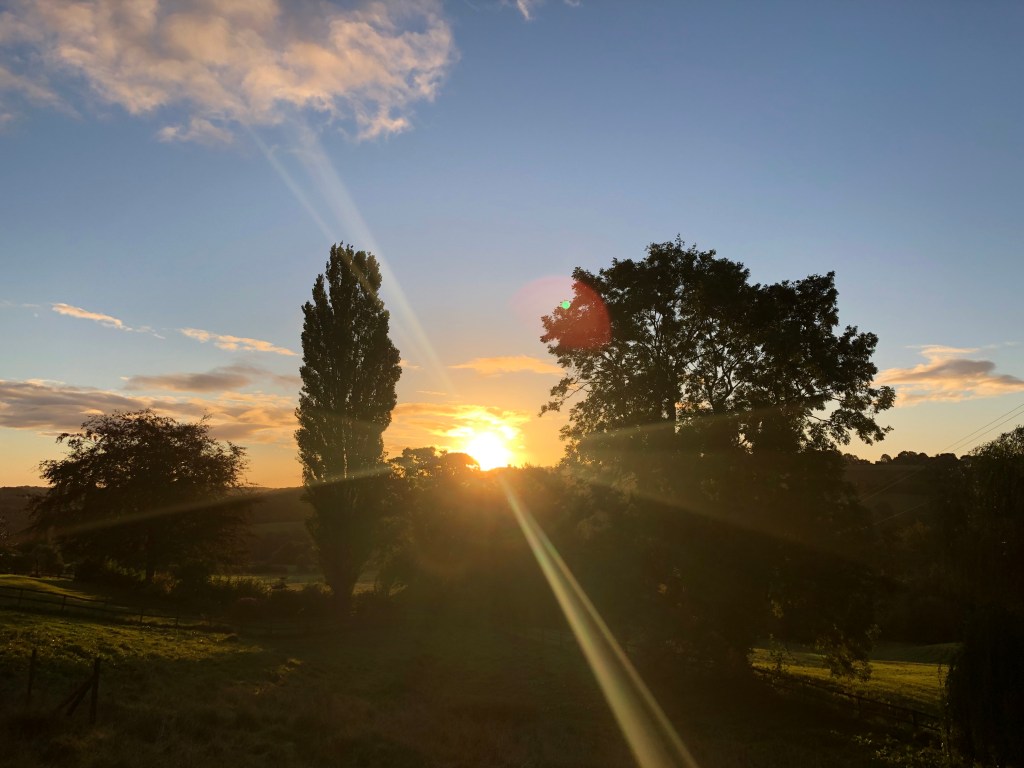
I have enjoyed being part of our local village climate action group since I retired. It has been a good way to become better known in the village, to meet villagers I didn’t know when I was commuting to London each week, and to feel part of the local community. Our main objective is to keep the climate and ecological crises high on village residents’ radar.
To that end I have helped prepare for and then man a couple of stalls advertising our existence and interests in the last couple of weeks. The first was in our local market town at the annual Nailsworth Town Meeting where we helped out our (big) sister climate action group.
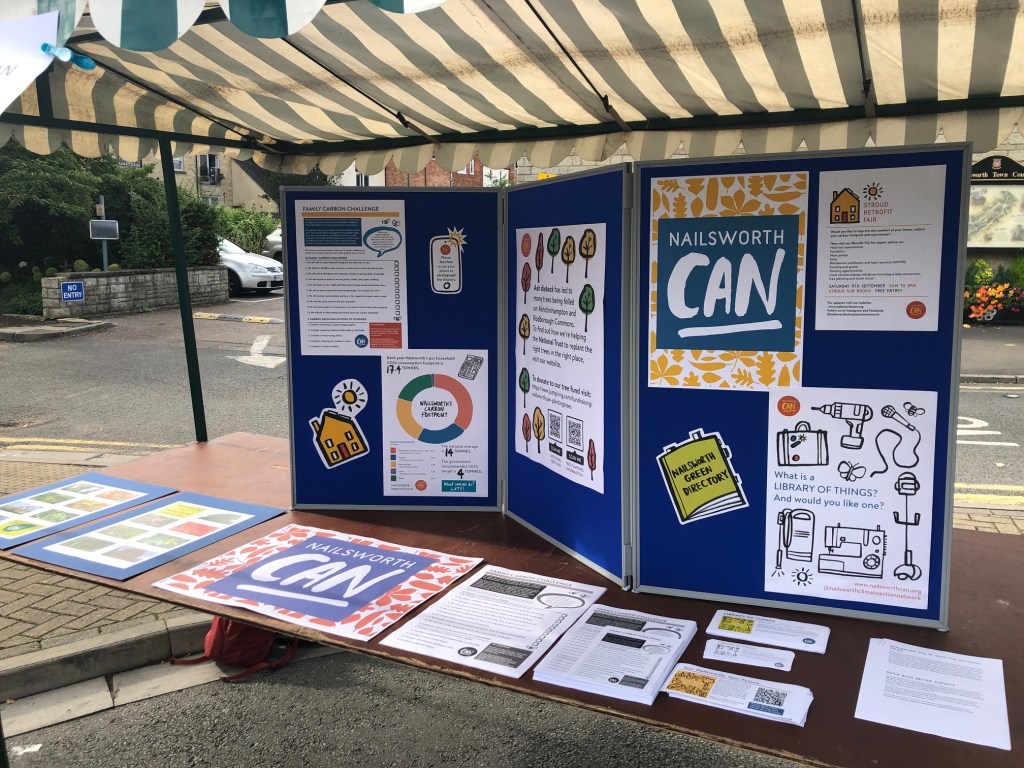
The second was at our local village fete. Given the size of our village, this fete (especially the ever-expanding dog show) punches well above its weight. It also has the benefit of always having nice, sunny weather – I don’t know how the organisers manage that!

While Long-Suffering Wife crowned days of organisation and food preparation by slaving away managing the teas and cakes service in the Village Hall, I stood in blazing September sun in front of or climate action group stall trying to catch the eye of passers-by that I could have a chat with. Speaking to strangers is something I am not comfortable with but I now know enough village people well enough to intrude on their fun by saying a few words about the climate emergency before moving on to other village news.
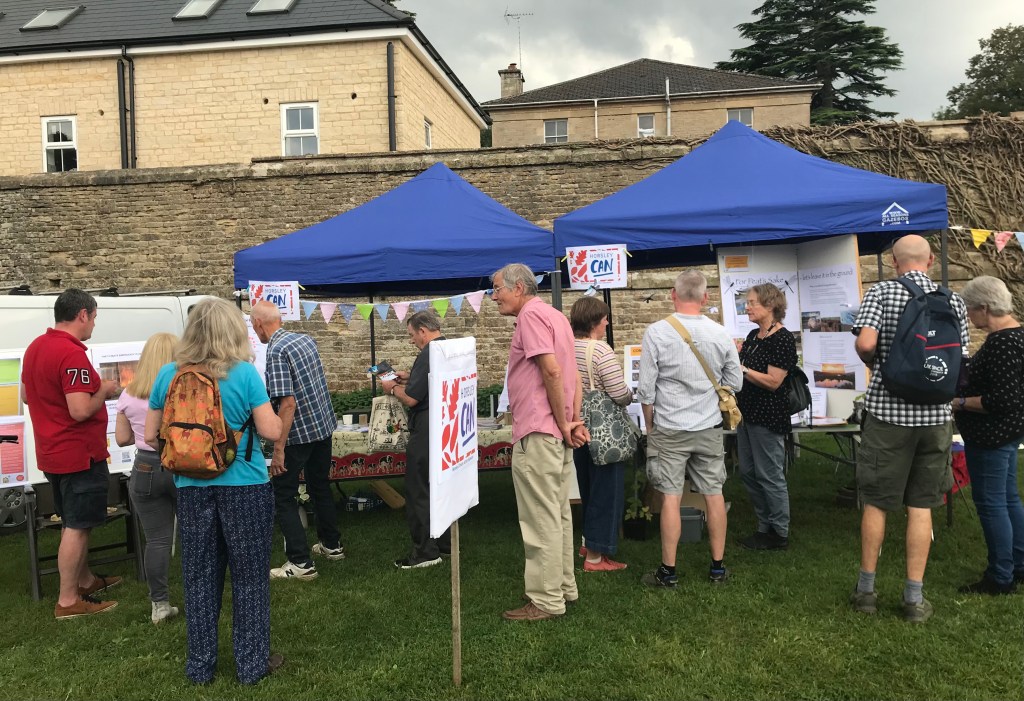
It’s more tiring than expected though – or again is this just because I’m getting soft in retirement? I was glad that I had the excuse of a football game to see and could slope off well before the end (especially as my team, Forest Green Rovers, won to go top of their league). I offset my feebleness and lack of stamina on our fete stall by spending a few hours afterwards collating the results of some informal surveys we conducted. So I feel I did ‘my bit’.
A highlight in the activities of our climate action group in the last few weeks has been a visit to a local farm where the farmer is trying to farm sustainably. It was a fascinating visit even though the weather was at the other end of the scale from that we had at the fete – cold, wet and windy.
The farmer is what he called a ‘generational farmer’; that is someone who is part of a family tree that has farmed the land for generations and who hopes to pass it on to his kids. That is important since he therefore has a vested interest in thinking about the long term health of the farmland he owns and has a sense of stewardship for.
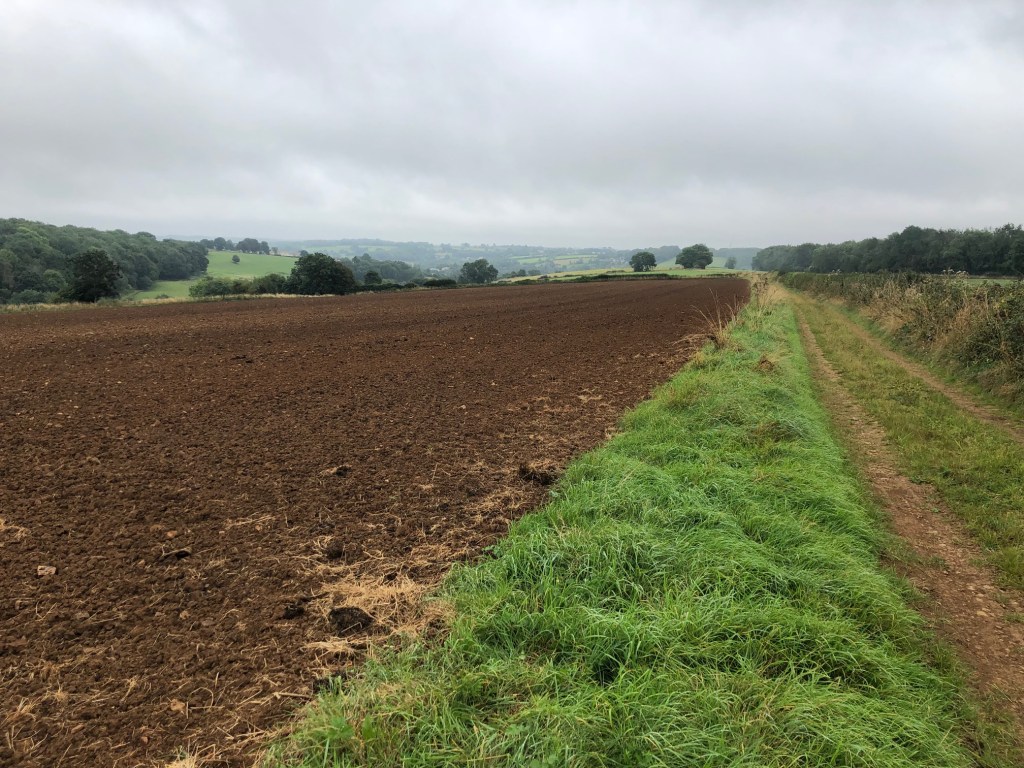
He emphasised the need for corridors (such as overgrown hedges) for wildlife through what he called a ‘mosaic’ of different habitats and productive fields. He strives for a balance between his responsibility to produce food for the nation (and make enough profit) and the need to maintain biodiversity and soil health (so there is longevity to that profitability). Some of what he is doing is experimental. In most cases, the sustainable agricultural activity has a clear, short term cost but an unclear, long term benefit. It is an act of faith that is only justifiable to the farmer personally because he and his family hope to farm the land for decades.
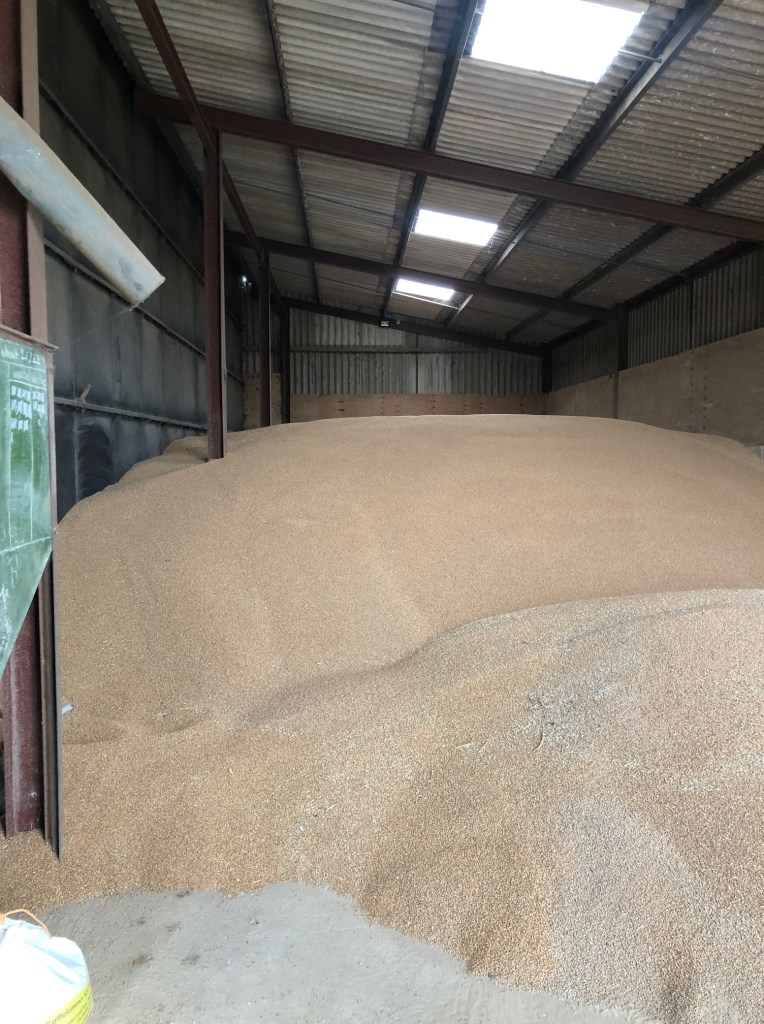
His 80 cows have so much space and are so semi-wild that we didn’t see them at any time during our 90 minute trudge through the drizzle. Among the stretches of arable fields were re-wilded areas, copses, overgrown hedges, fields of colourful mixes of plants that encourage field birds, and of legumes that replenish the soil. Some areas of poor soil have been turned over to natural grassland which has reduced erosion and allowed flora and fauna diversity to prosper. Some harvested fields have been left to regenerate with spilled seed that protects the surface from the elements and provides a habitat for voles which are predated by barn owls and short-eared owls.
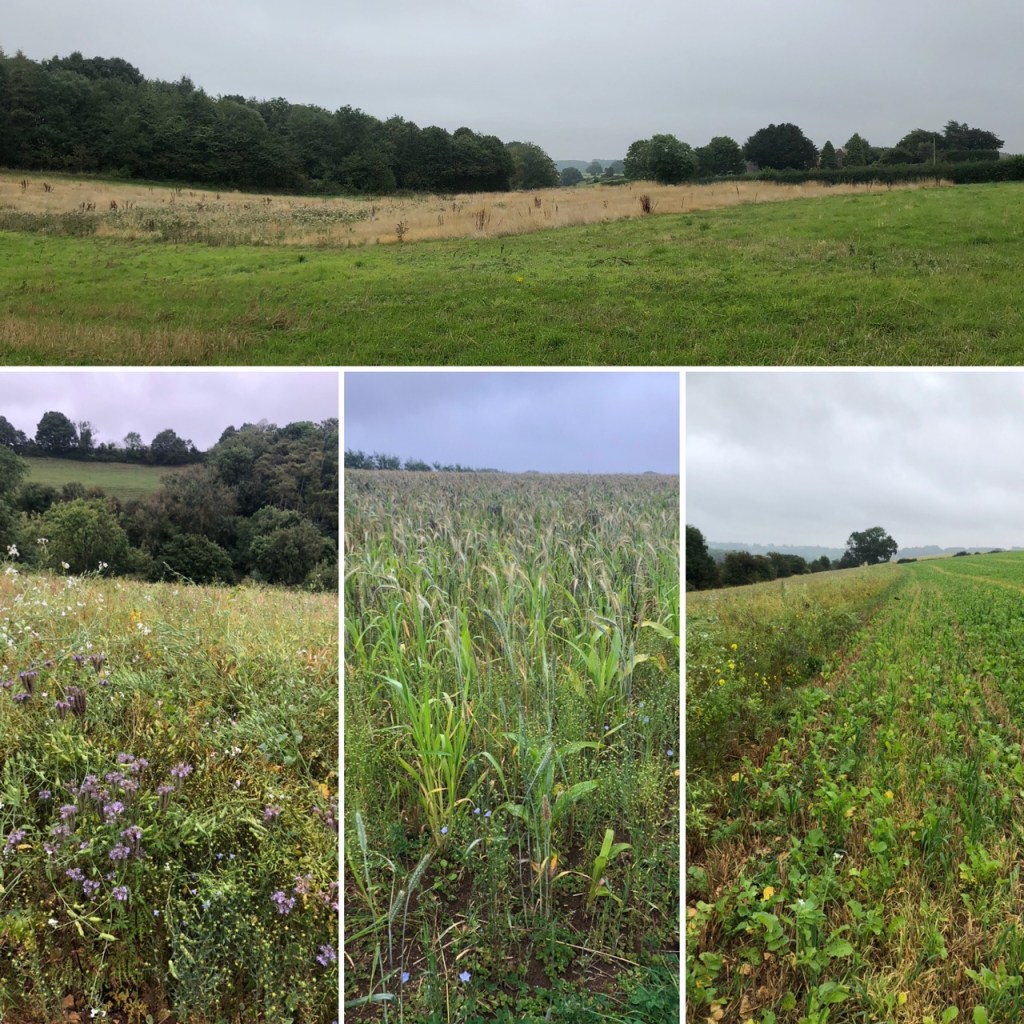
It was a life affirming and uplifting visit. Clearly there are many challenges in farming in this sustainable way – not least the uncertainty in bureaucracy and payments as we move from EU to UK farming policies, protocols and subsidy administration following Brexit. Indeed, farming sounded like a lot of hard work. Not like retirement!